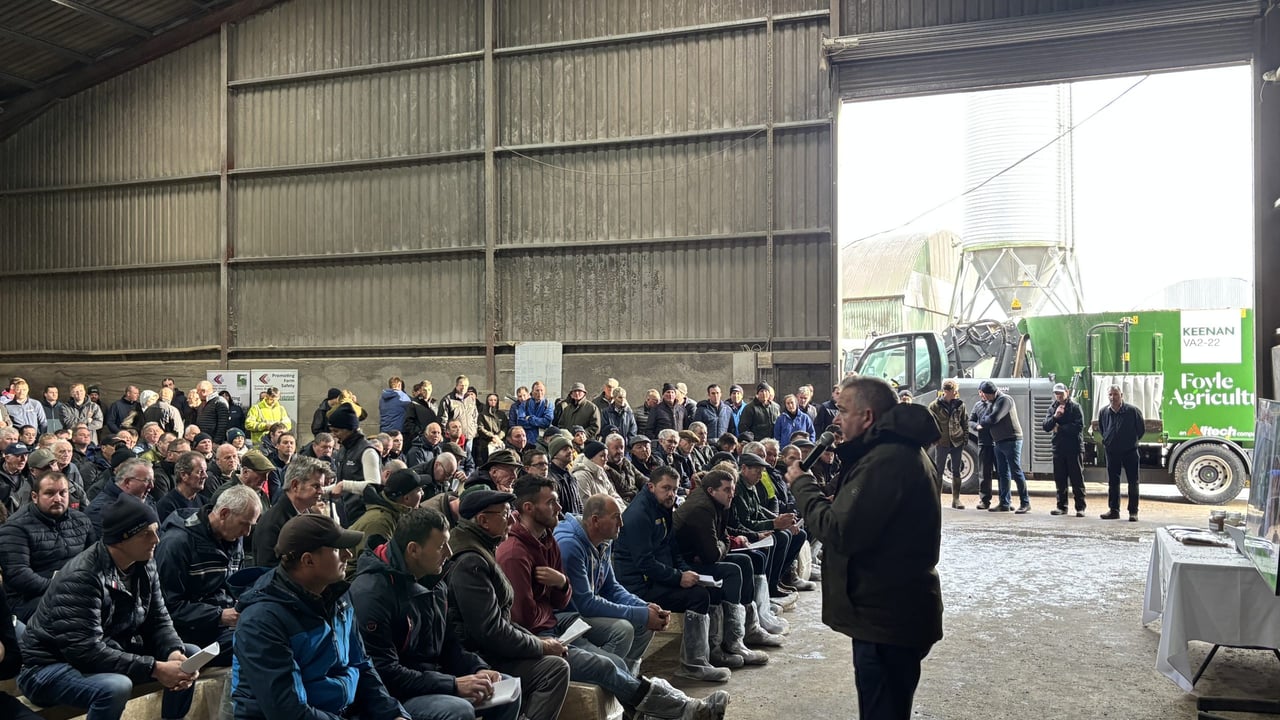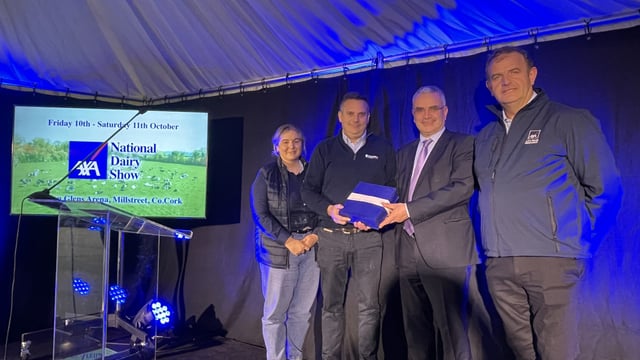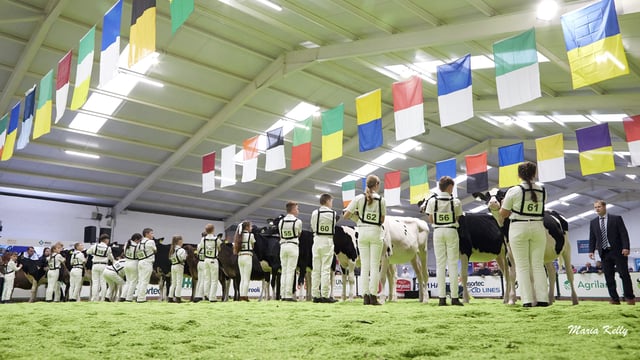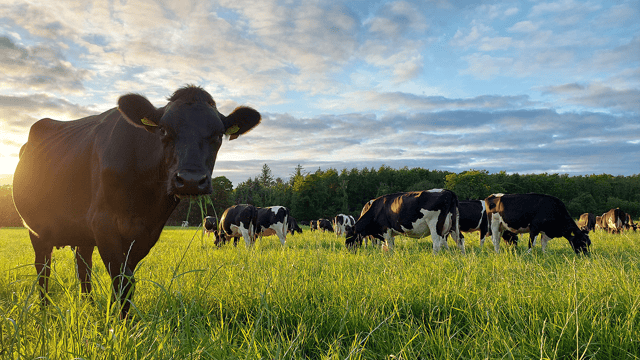Foyle Farm walk highlights changes that increased cattle ADG by 46%
Huge crowds of farmers travelled to the Foyle Food Group's 'Farms of Excellence' in Co. Tyrone for an autumn producer event which highlighted changes made on the farm to improve the average daily live weight gain (ADG) of the cattle by 46%.
The event took place on Friday, October 3, and was well attended by farmers from as far afield as Co. Kerry despite the high winds and stormy conditions on the day.
The first speakers were Foyle's agriculture manager Andrew Clarke and Aberdeen Angus Quality Beef (AAQB) Ltd's business development manager Eamon Kelly.
On show on the day was Angus bull Rawburn Enron. Clarke explained Enron is the first sire purchased in the Superior Genetics Programme with a feed efficiency advantage.
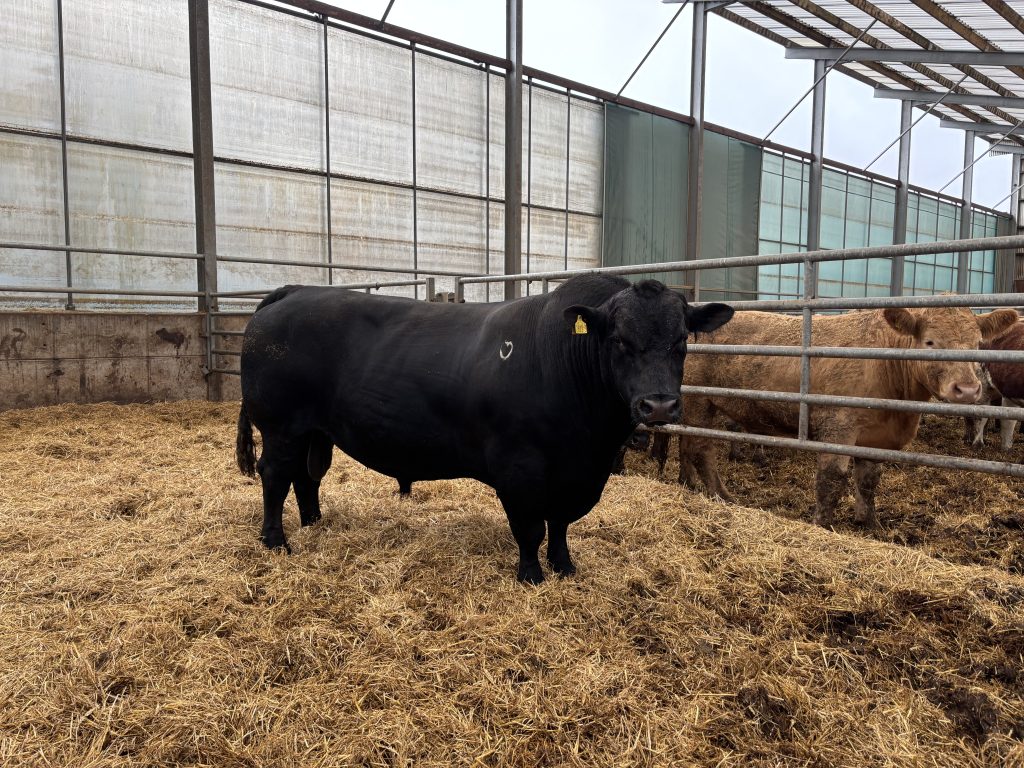
He said: "The bull is 30% above average in test. His feed conversion rate was 3.21kg dm for every 1kg live weight gain."
The bulls' progeny is also demonstrating "10% performance improvements compared to conventional sires", according to the presentation.
There are free artificial insemination (AI) straws from the bull available to AAQB members, with one free straw for every Angus animal sold through the AAQB Tesco Angus Scheme.
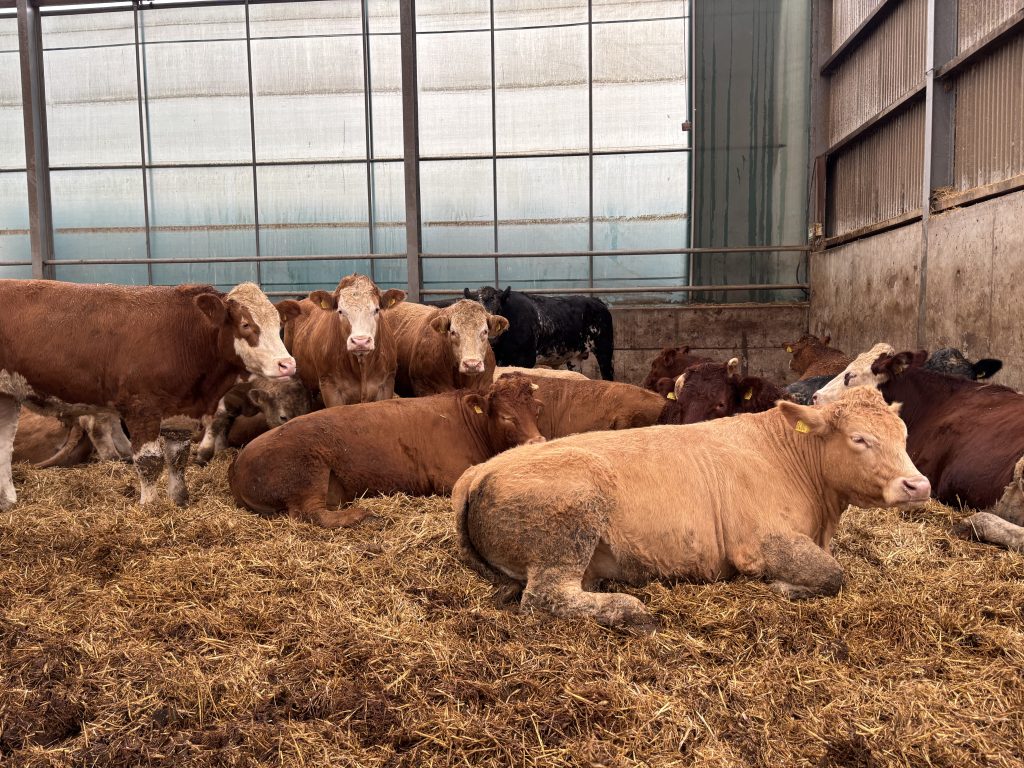
AAQB's Eamon Kelly said: "A number of years ago, Tesco UK introduced genetics as part of their bonus structure.
"At that stage the criteria was Estimated Breeding Values (EBVs) for a start and also terminal index of at least 40 and self-replacing index of at least 50."
The duo also highlighted the importance of focusing on carcass weight when working to reduce age at slaughter.
Lesley Dwyer from Tow and Fert discussed the farms' different approach to unlocking nutrients from the soil and how this is possible through the Tow and Fert machine.
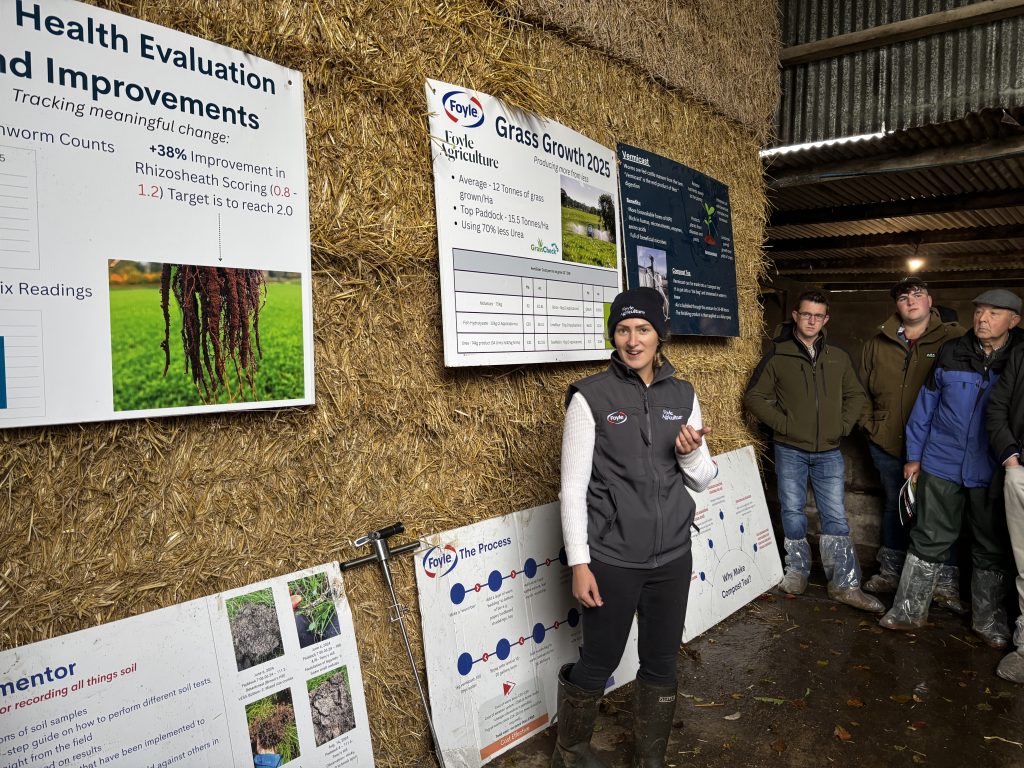
Adding to this, agricultural innovations specialist at Foyle Food Group, Catriona Marshall said the farm grew an average of 12t of grass/ha this year with the top paddock producing 15.5t/ha.
The products applied to the land include:
- Molasses;
- Fish Hydrolysate;
- Urea;
- Boron;
- Limeflour;
- SeaMeGro;
- Vermicast (produced on farm, applied as 'compost tea').
She said that 70% less urea was used on the farm and that the total growing cost/ha was £106.45 or £38.99/ac.
Foyles' Cara Moore discussed some of the technology in use on the farm including the use of FerAppease.
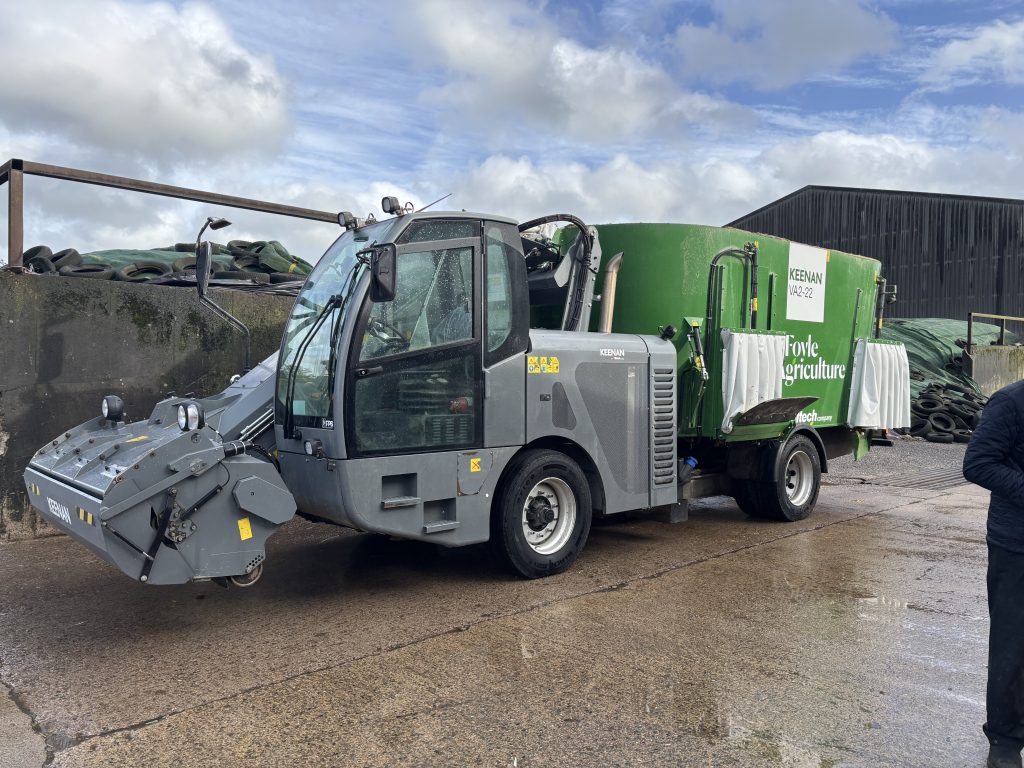
FerAppease is described as "a maternal bovine appeasing substance that can be topically applied to cattle and reduces threat perception and stress consequences".
The farm also recently purchased a self propelled diet feeder with built-in technology that allows cattle to be fed on a dry matter basis rather than using fresh weights.
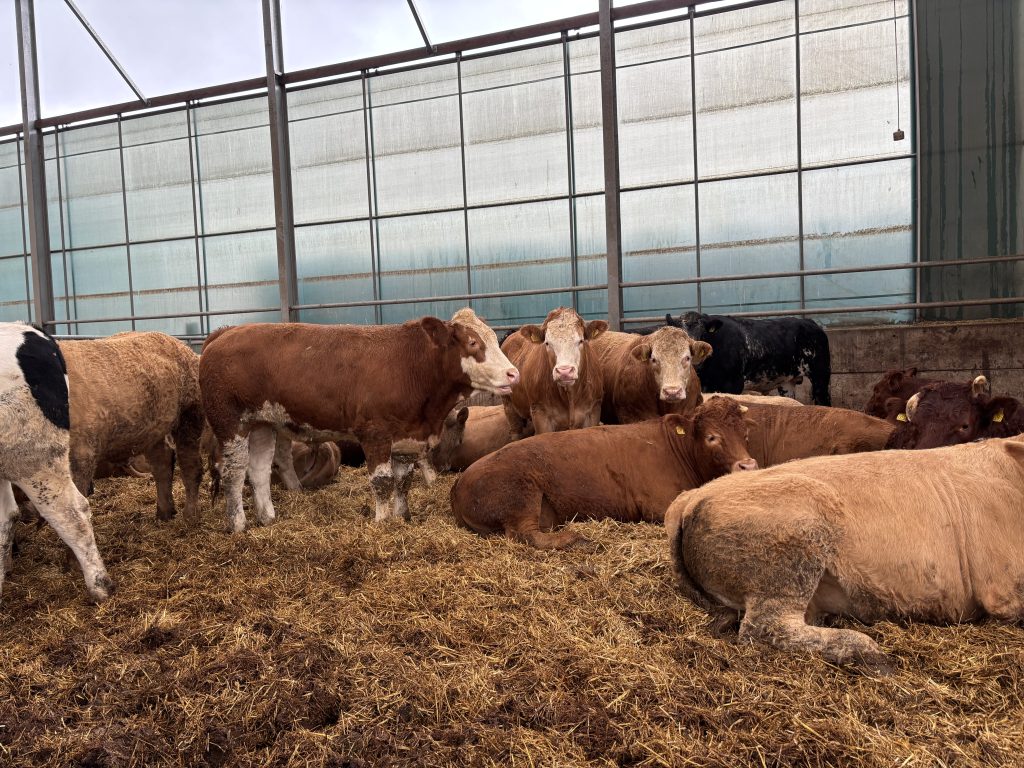
The self-propelled feeder wagon has also "significantly reduced labour time and fuel consumption" and increased the farm's overall efficiency.
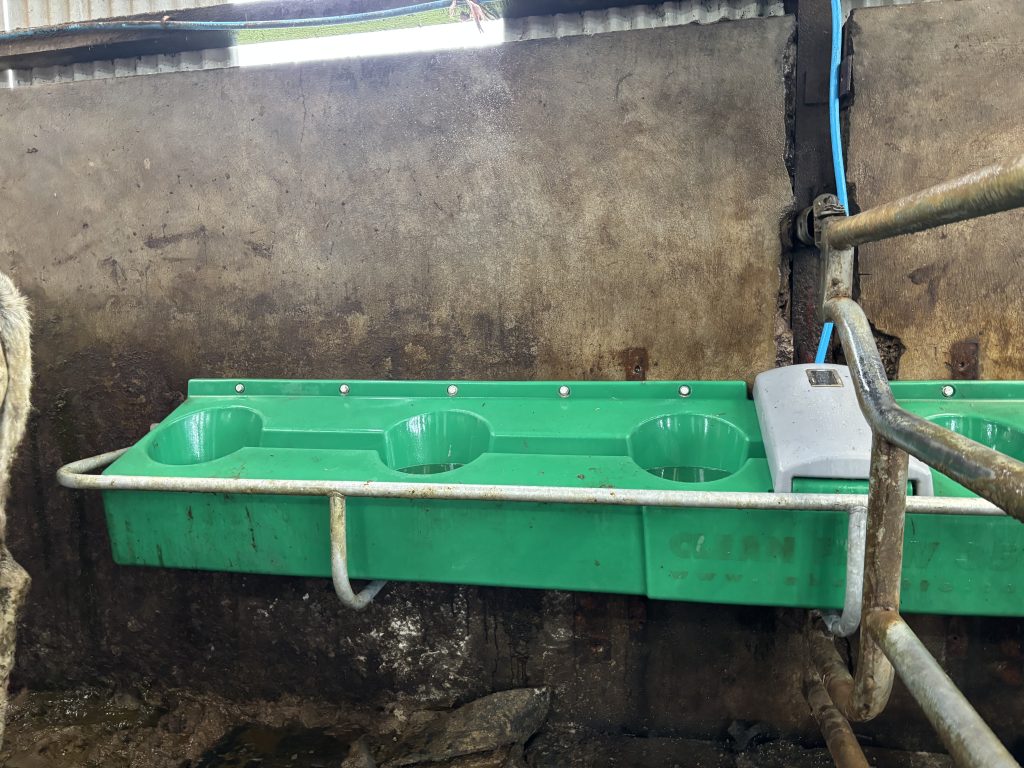
From 2019 to 2025, Foyle has said it has seen a 46% improvement in the ADG of the cattle on its farm with performance increasing from 1.3-1.9kg/day.
Foyle attributed the following changes to the improved performance:
- NIR reader (Feeding for dry matter not fresh weight);
- Timer lights (7 hours darkness/day);
- Ferappease;
- Cleaning drinkers more often;
- Toxin binders;
- Better silage quality;
- Consistant feed times;
- Feed bunk scoring;
- Improved shed ventilation;
- Feeding rolled maize rather than ground maize;
- Cattle brushes in pens;
- Feed additives.
Farmers also heard a presentation on farm safety from William Johnston, with a particular focus on dust protection.
Before the attendees were treated to a complimentary steak dinner, Gareth Anderson from FarmGate Nutrition discussed nutrition management on the farm.
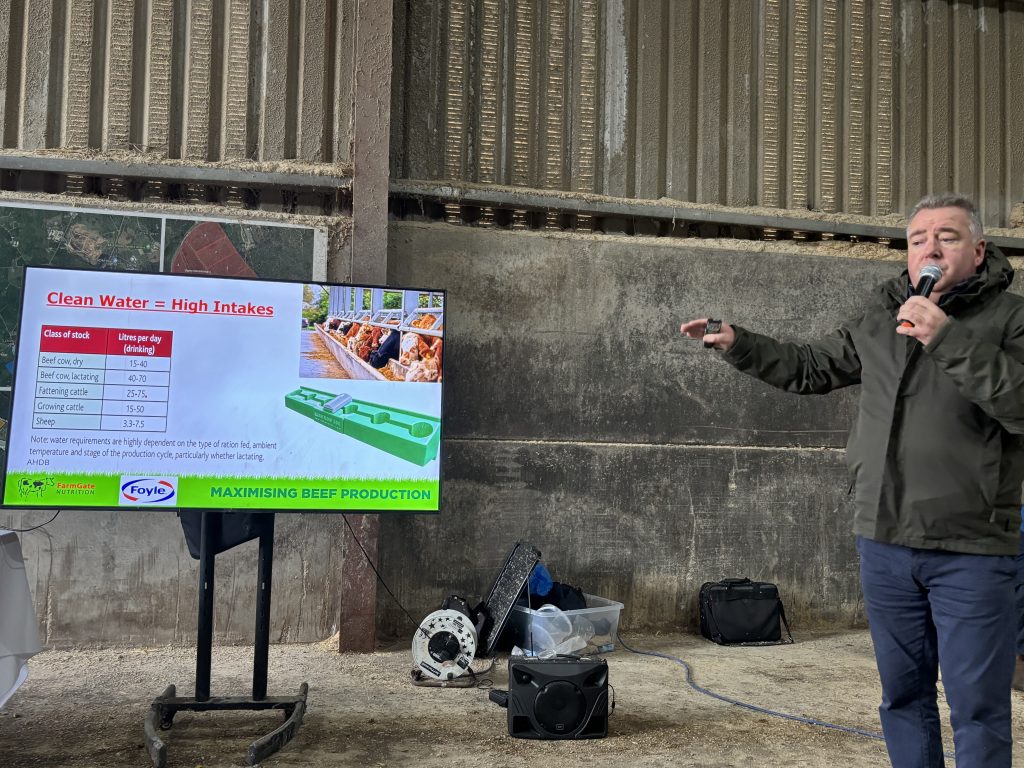
He commended the performance on the farm saying "to go from 1.3kg to 1.9kg/day is exceptional figures".
"Like any business, we're working on the basis of an economic return as best we can and once you get to 1.8-1.9kg/day daily live weight gain, it's hard to be improving all the time."
There is no whole crop or maize silage available on the farm so Anderson stressed that silage quality is "critically important".
The first cut silage is:
- 31% DM;
- 13.6% protein;
- 12.1 ME;
- 76% D value.
Anderson said: "The only downside we have is the pH. It's pretty acidic silage 3.4pH and a high level of lactic acid of 147 so potentially we could have digestive upsets but we have additives to try and counteract that."
He said the Foyle Farm targets a dry matter intake of 2.2% of the cattle's body weight, adding that "consistently we're getting those intakes".

